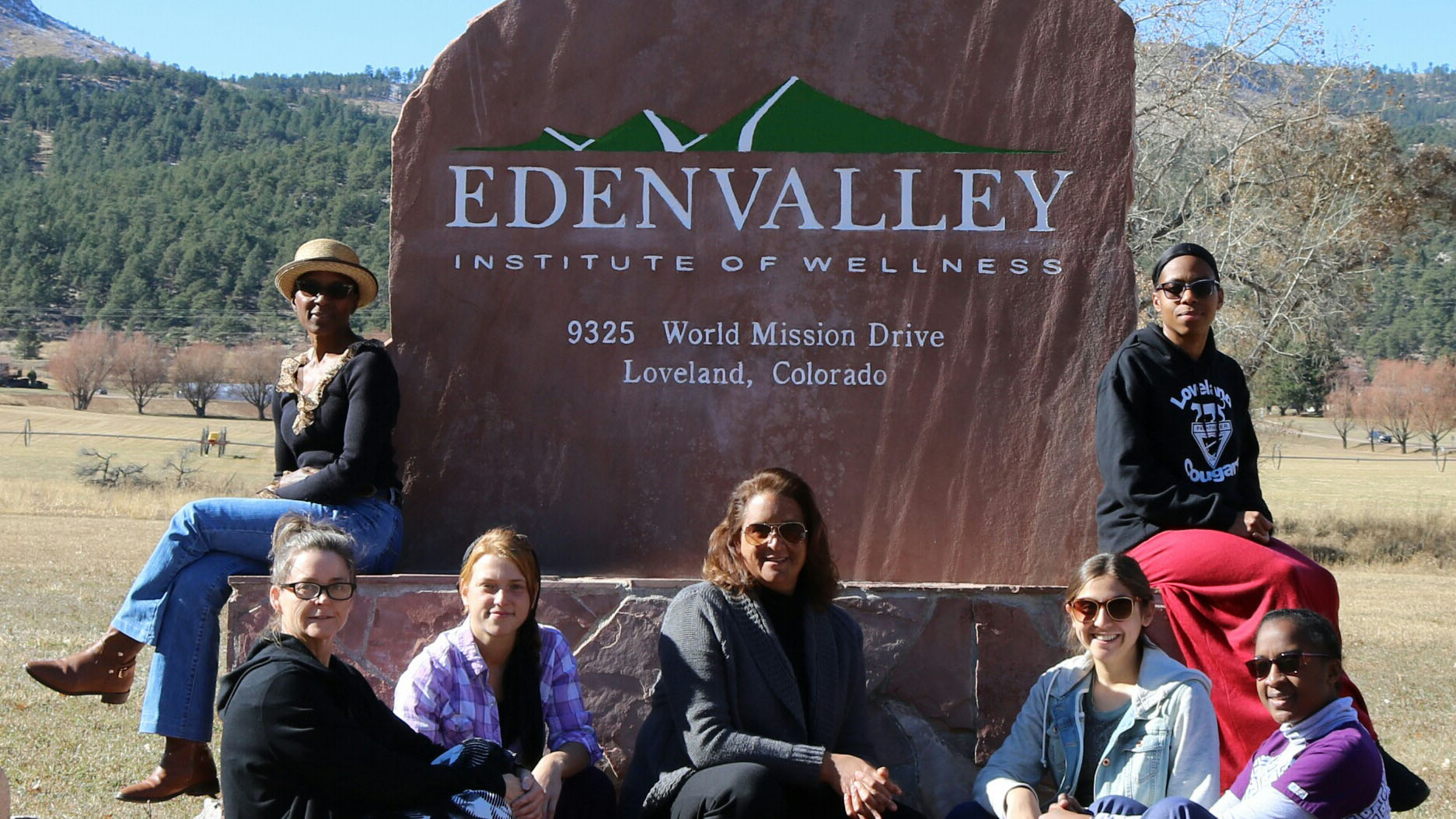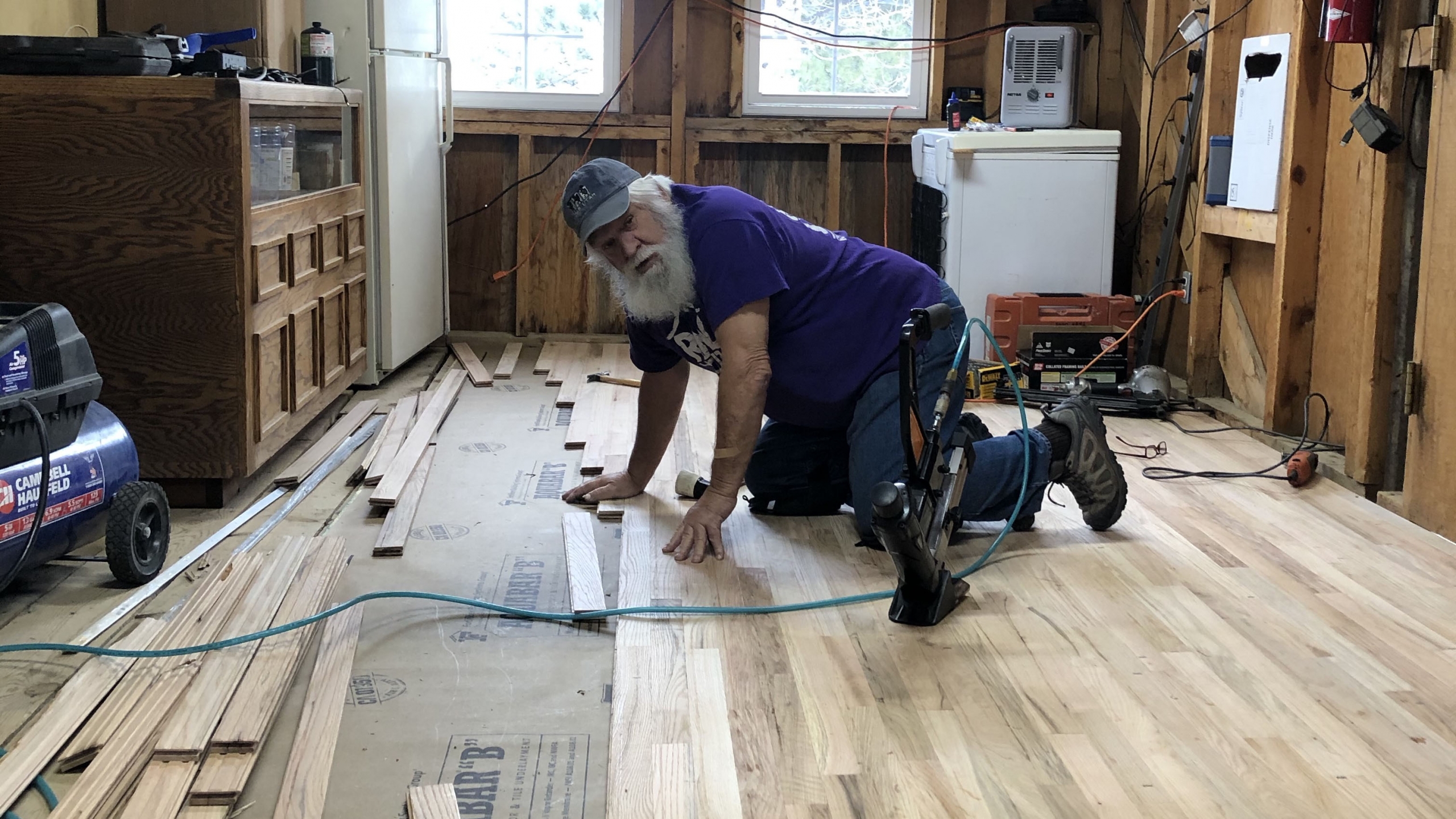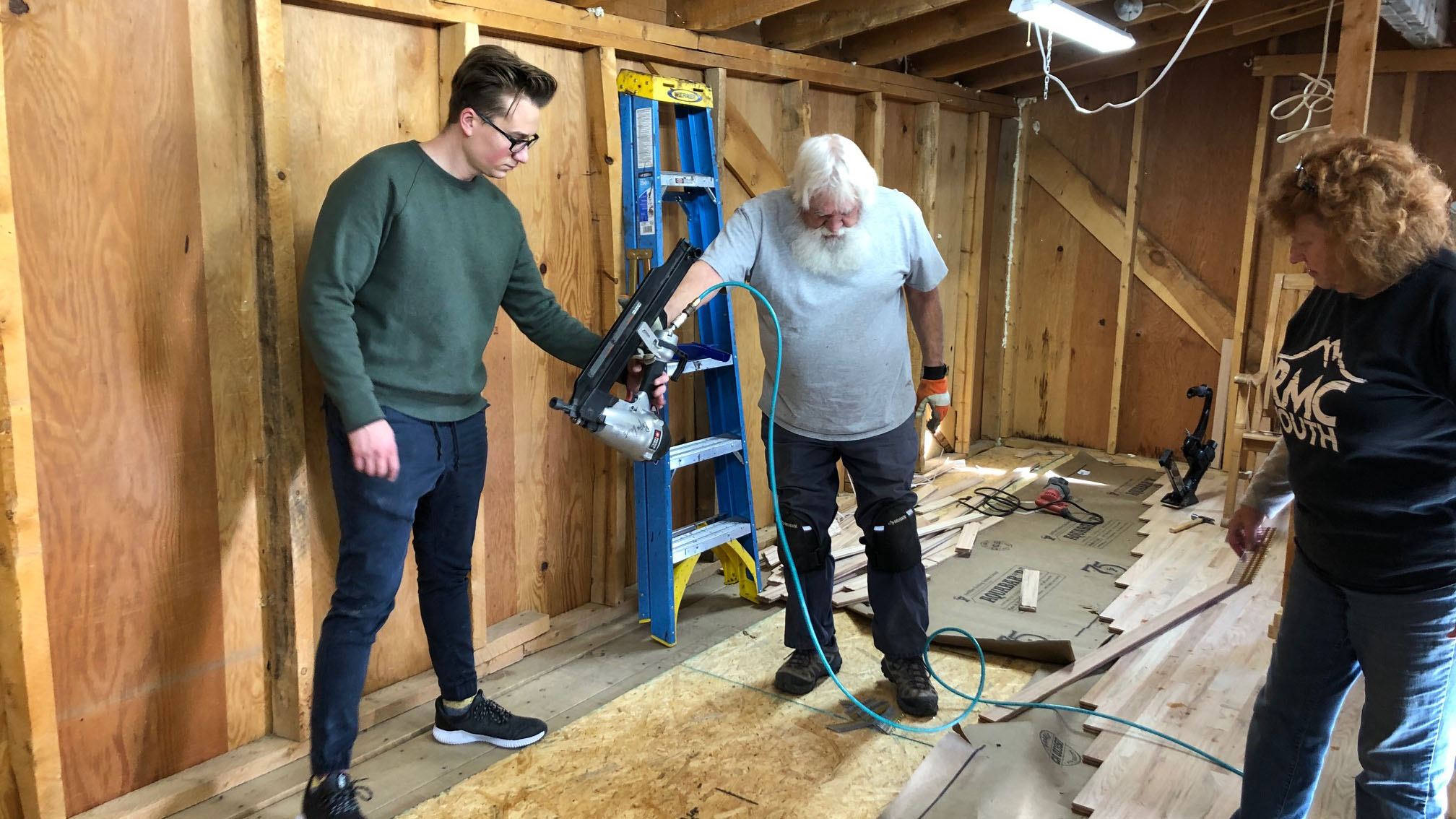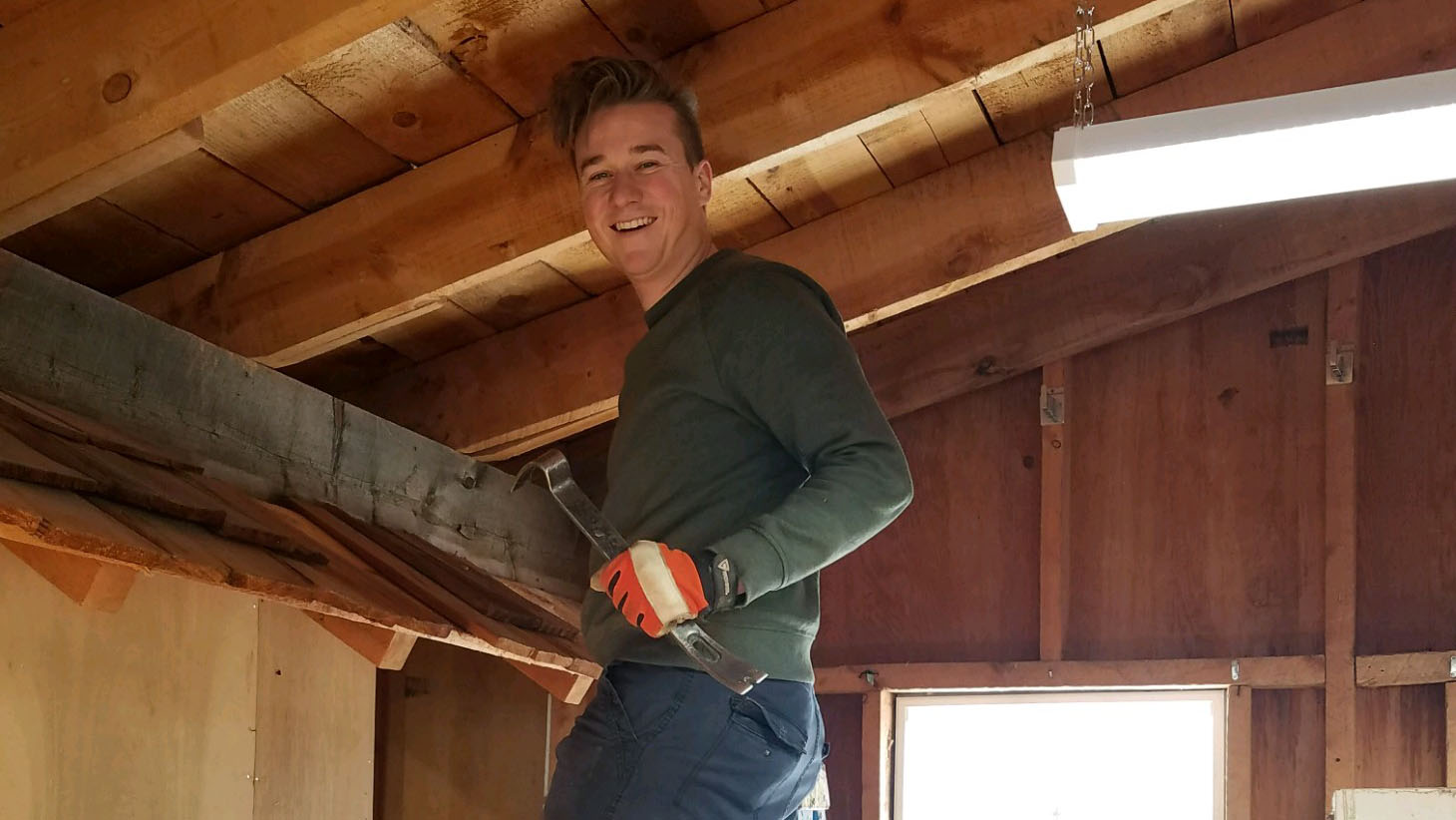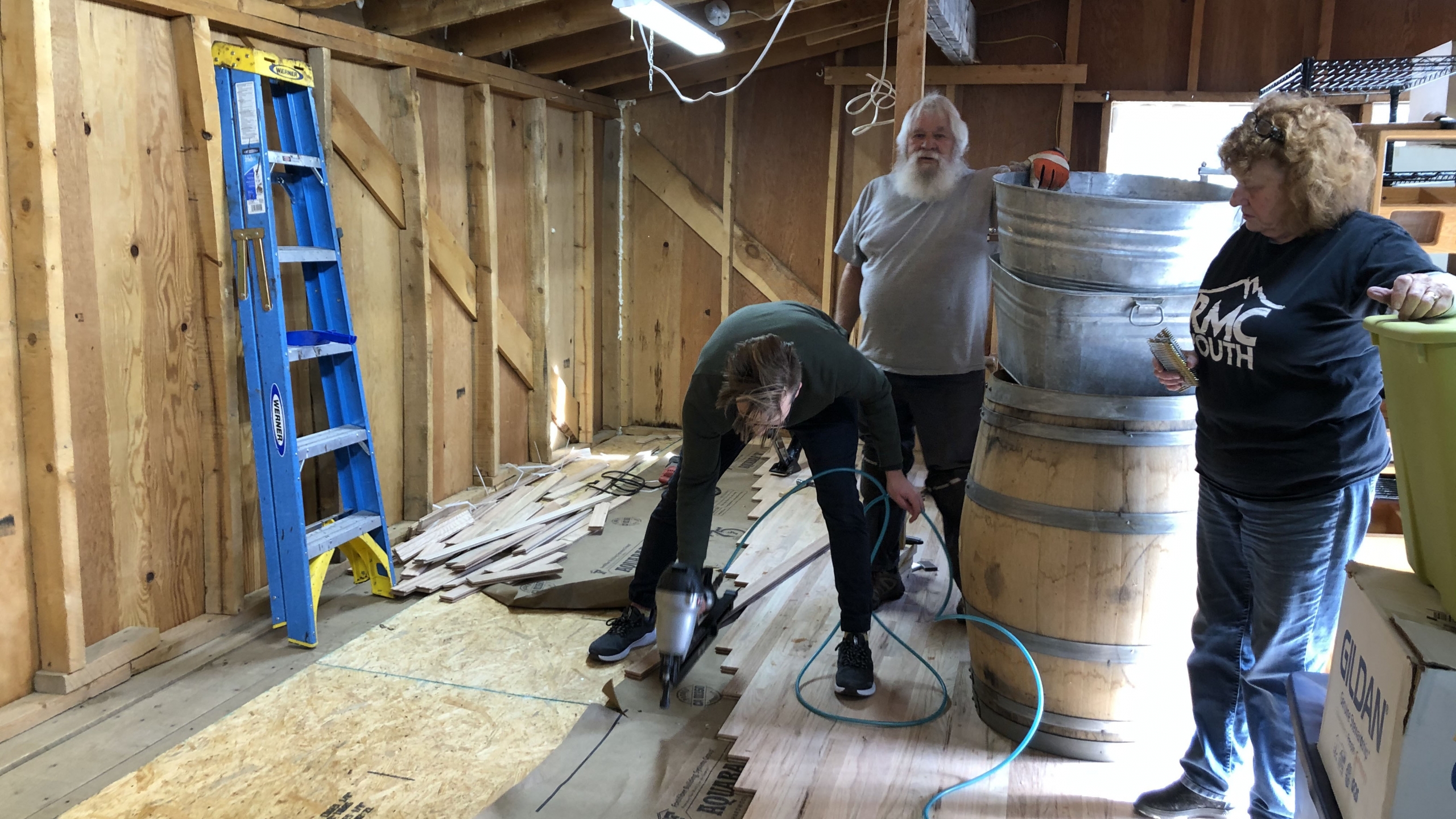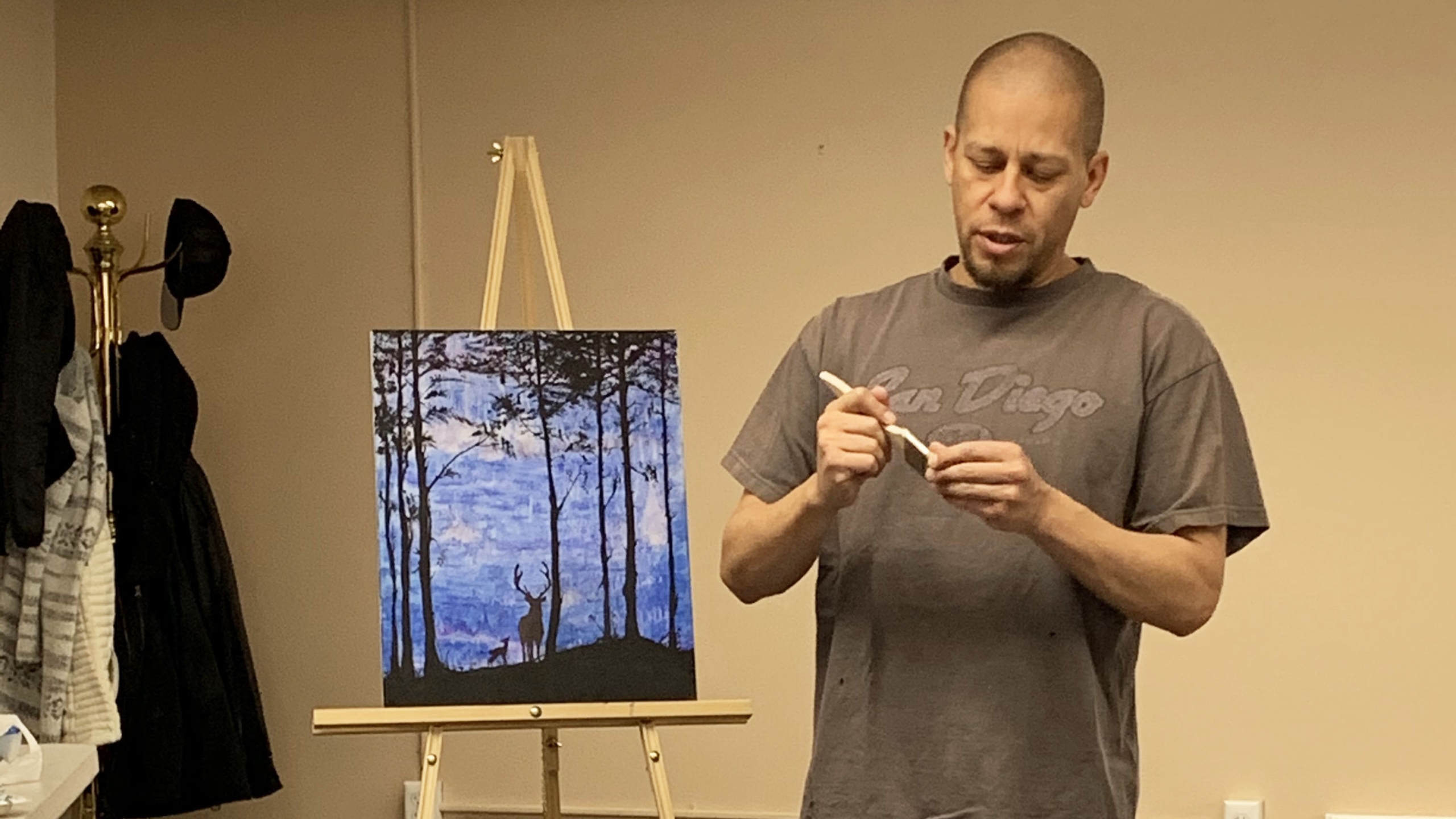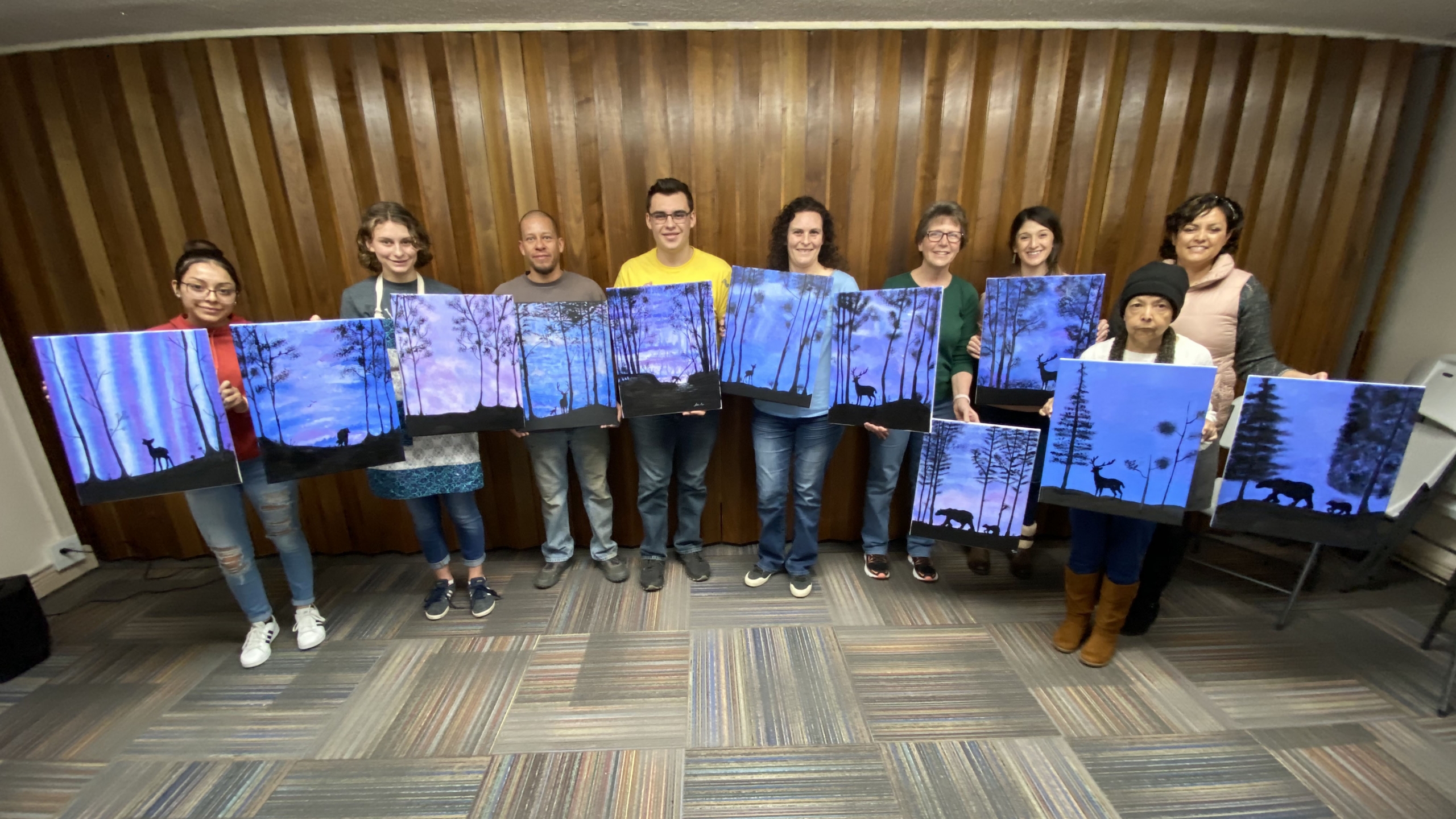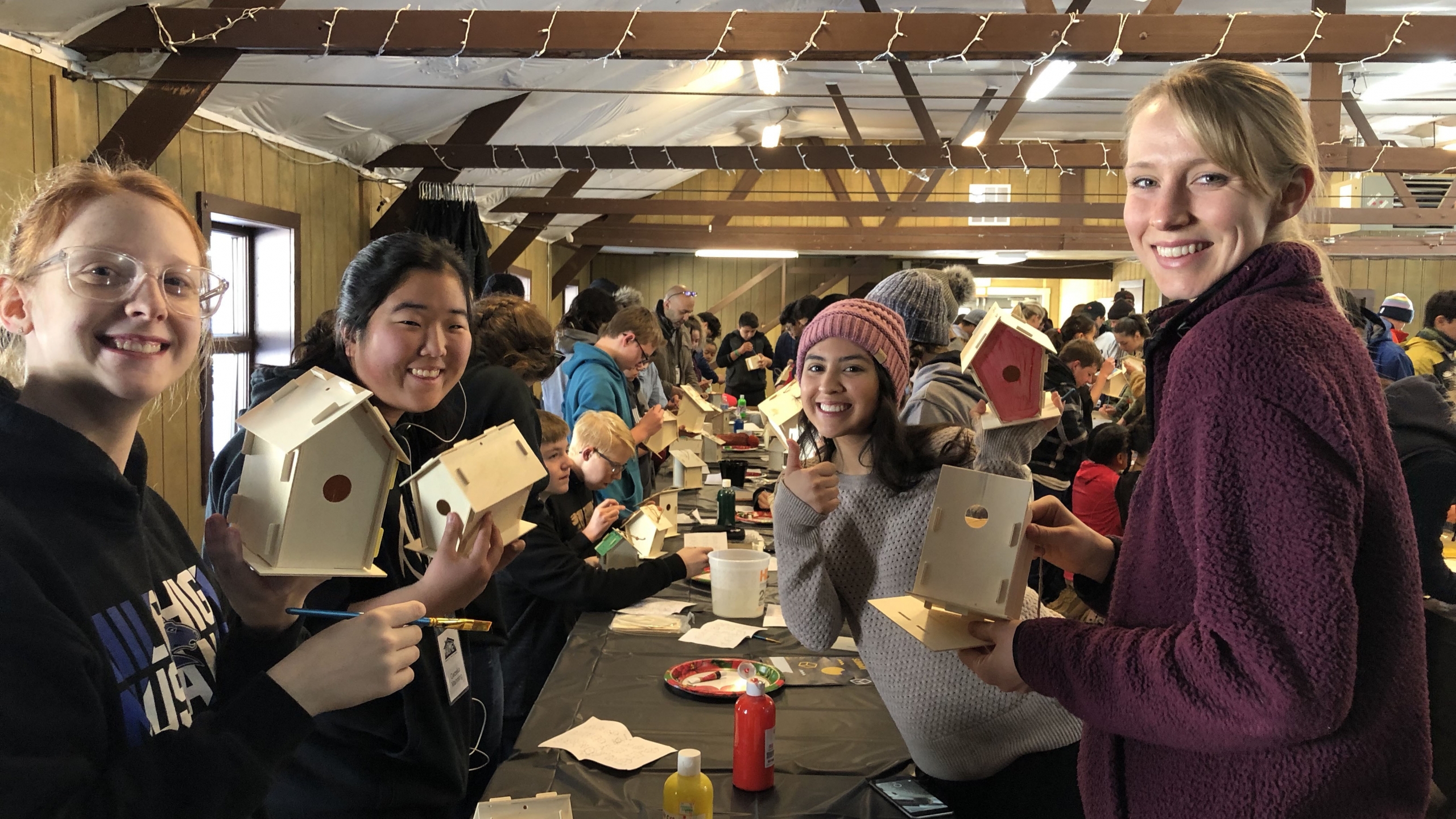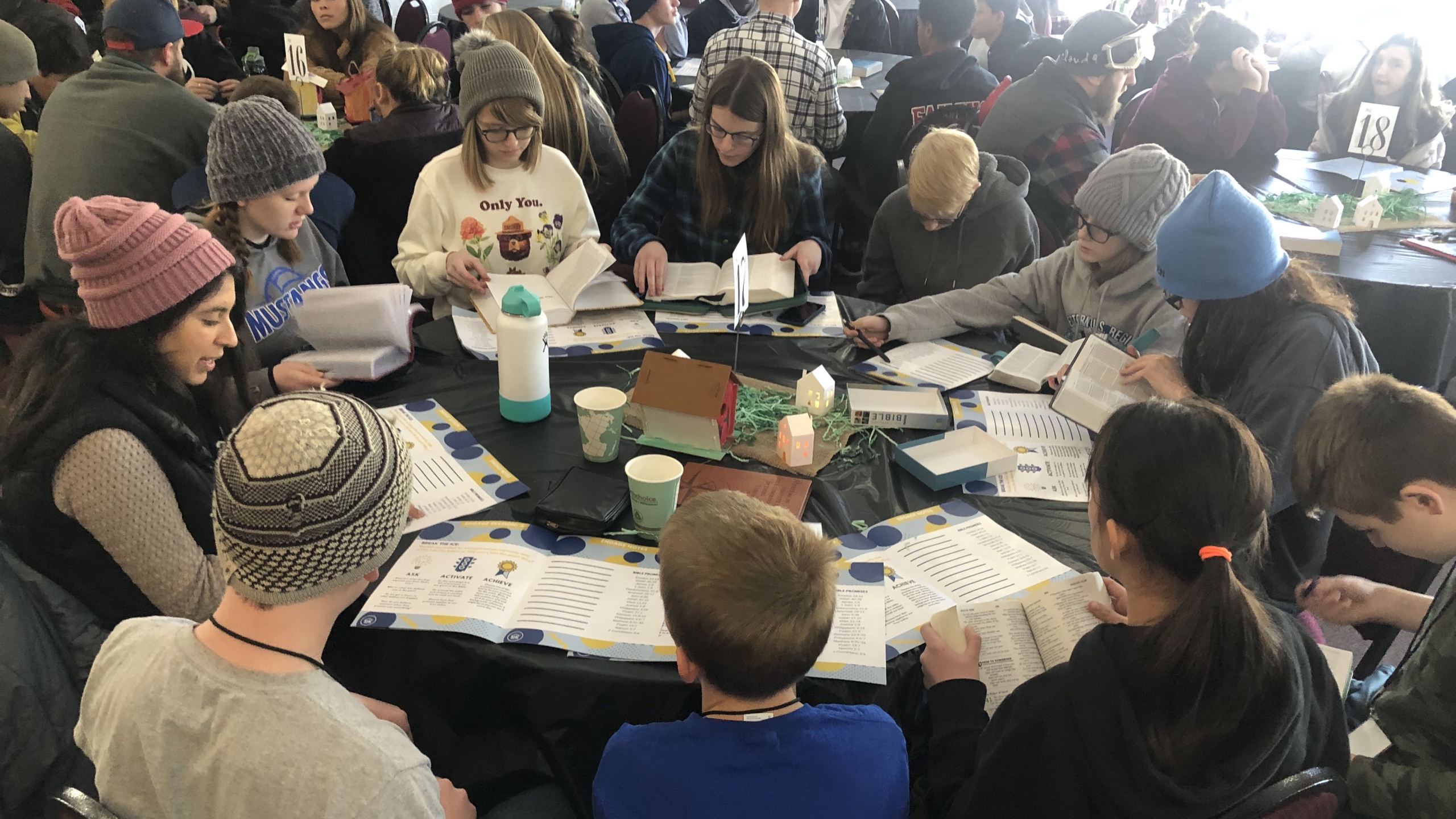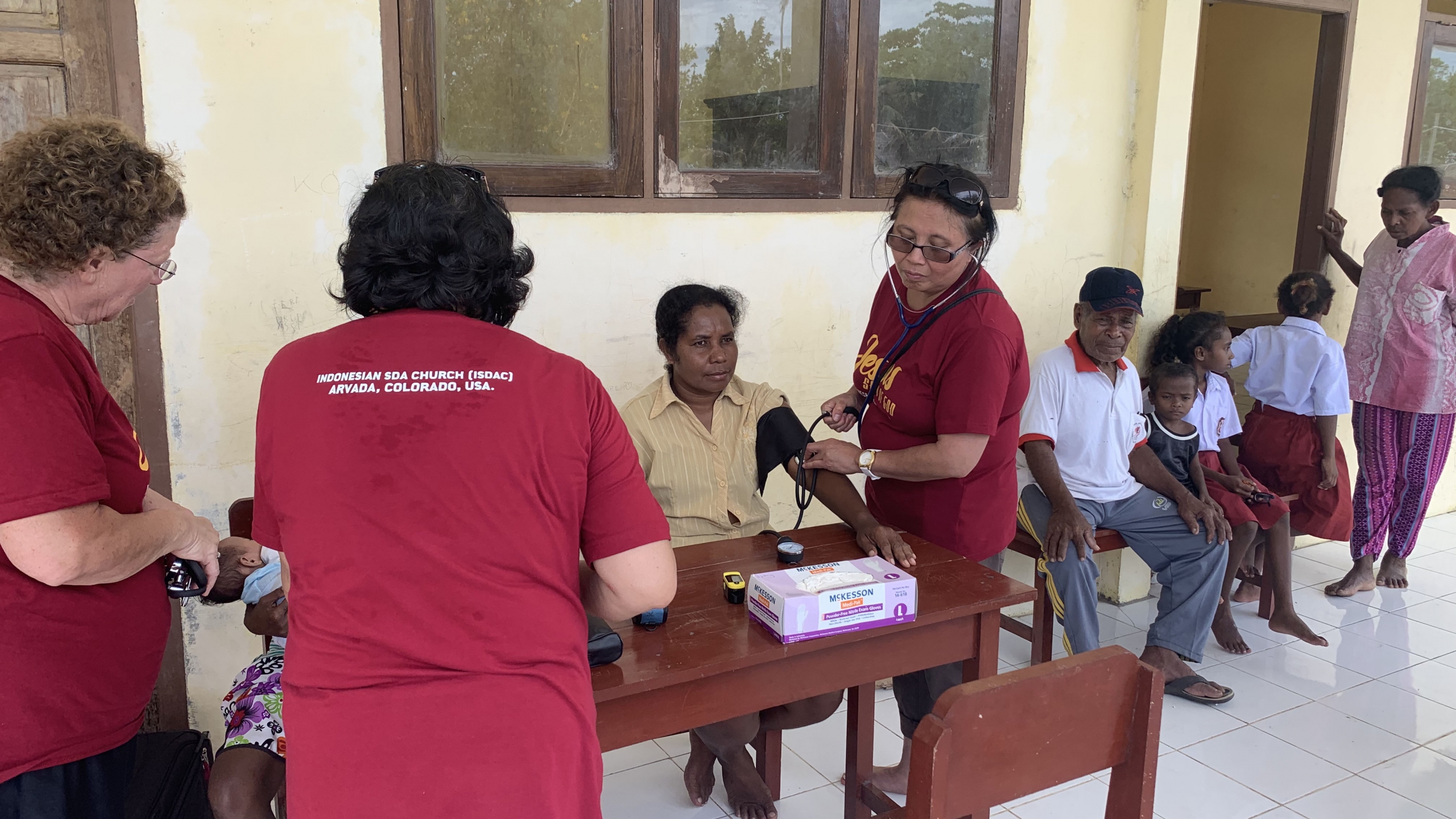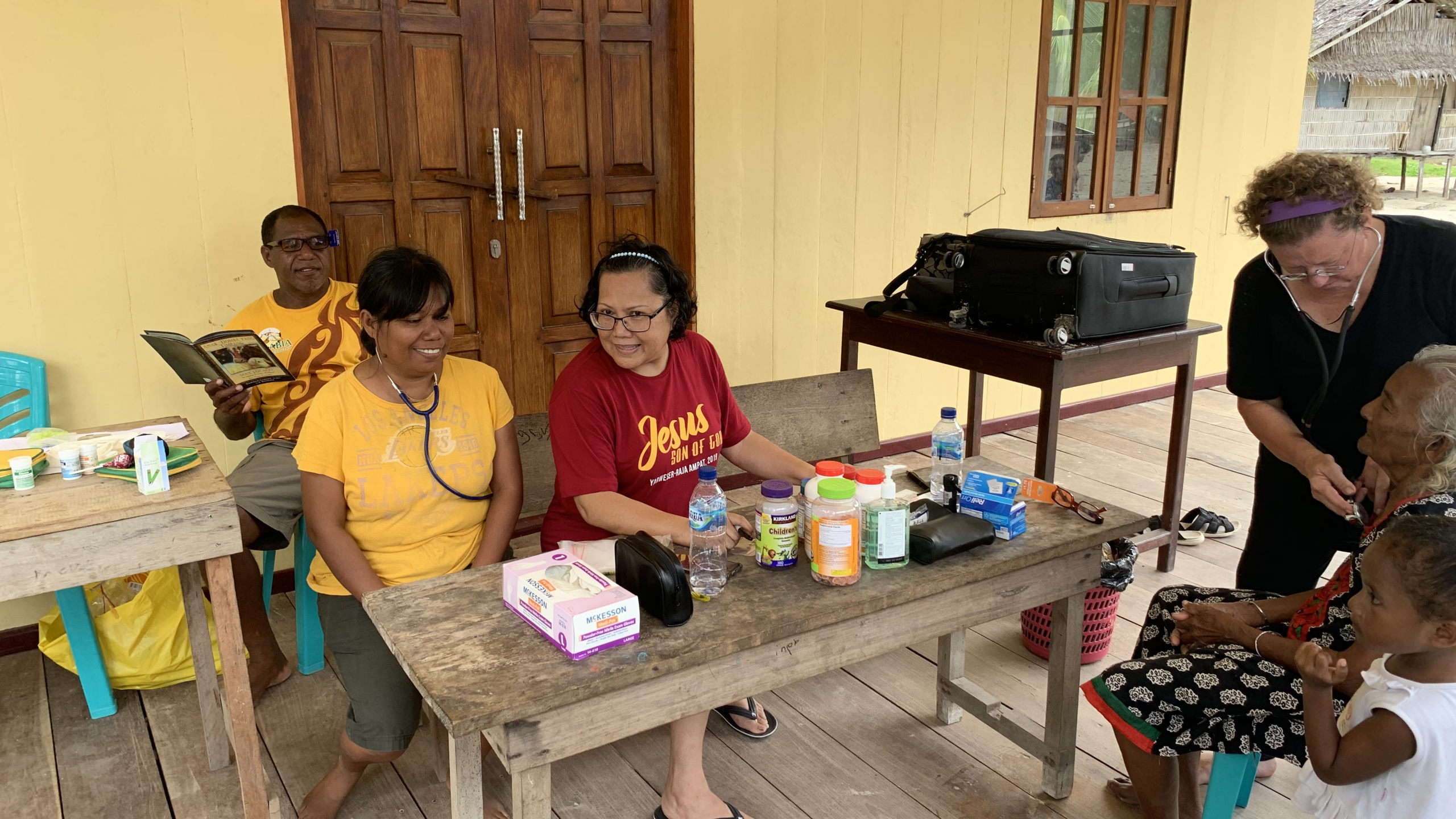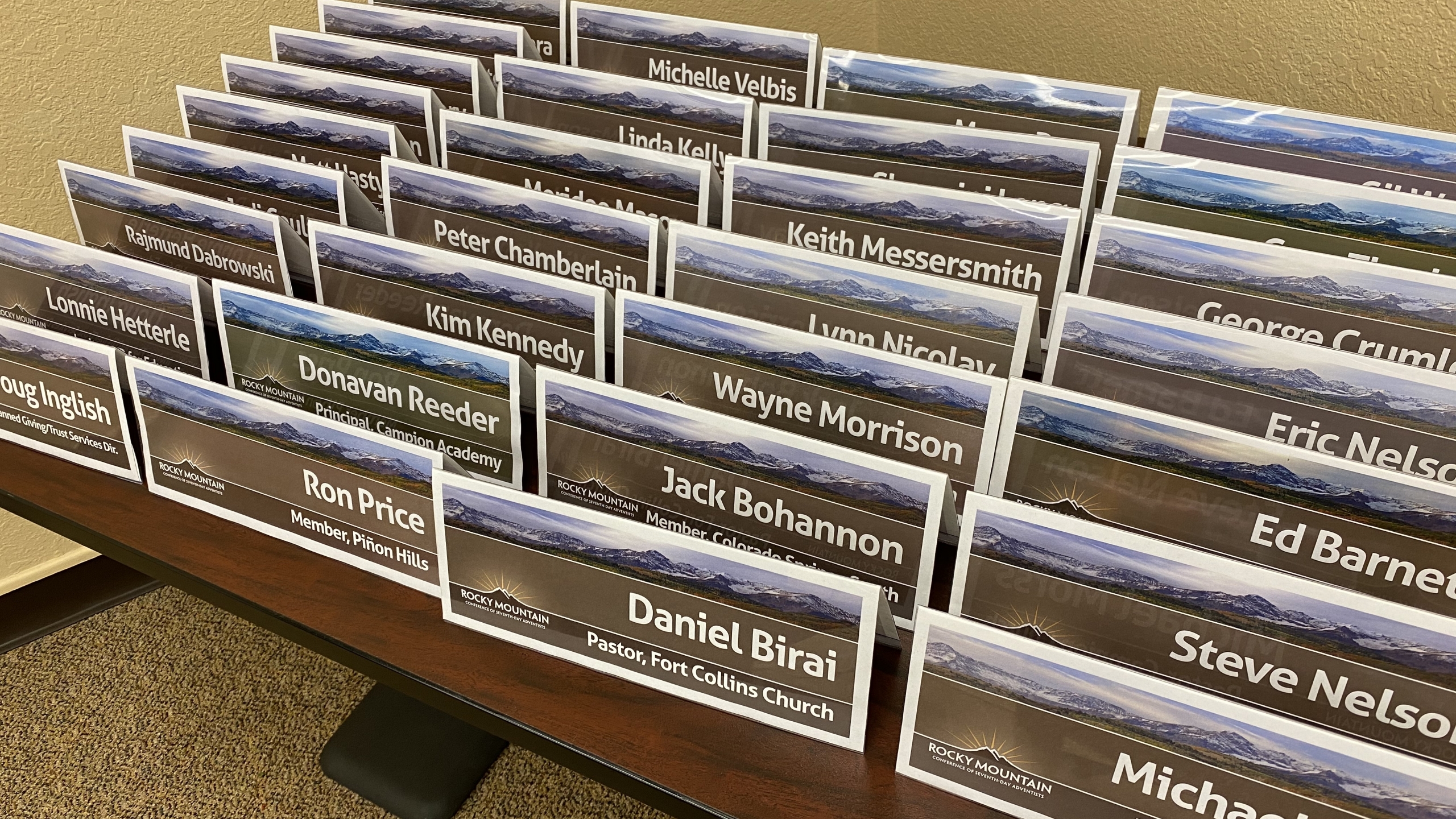Loveland, Colorado … In preparation to become medical missionaries several students began their journey to Eden Valley Wellness Institute in Colorado a year in advance. Such preparation was spent on obtaining student visas, plane tickets, securing finances, family support, as well as childcare care, among a few other obstacles. They arrived in Loveland with stories of God’s interventions and how provisions abounded.
Students came from England, Trinidad, and from several places in the United States. “The call to medical missionary work has no boundaries or limits of age. The seven students attending the recent course session, August 4-November 22, ranged from 17 to 63 years old, each brought a unique experience and perspective that promoted growth and insight for everyone,” said Phyllis Zimmerman, new EVWI director of education
During the sixteen weeks at the institute, the students trained in the principles of medical missionary work and gained a deeper understanding of Christ’s healing methods of soul winning in classes of both theory and practice. Courses such as hydrotherapy, herbal medicine, anatomy and physiology, vegan cooking, wellness coaching, as well as personal evangelism provided participants with the tools and the knowledge to do mighty things for God at home and in a variety of mission opportunities, Zimmerman explained.
During their stay at Eden Valley, students also worked in many areas on campus, such as the Eden Valley Organic Farm, Lifestyle Center, Country Store, and Lifestyle Kitchen. They gained practical skills, which can be applied anywhere the Lord leads upon completion of the course, Zimmerman adds.
According to Phyllis Zimmerman, on November 22, graduating students received a certification of completion that qualifies them to serve with any ministry affiliated with LIGHT, OCI (Outpost Centers International), or other mission organizations around the world. Some of the graduates are already serving as teachers in the medical missionary field, community Christian health educators, and even plan to open lifestyle centers abroad. Completing this course also serves as a prerequisite for obtaining advanced training in Lifestyle Coaching as well as providing direction for future studies.
—Phyllis Zimmerman; photo by Amelia Zimmerman

